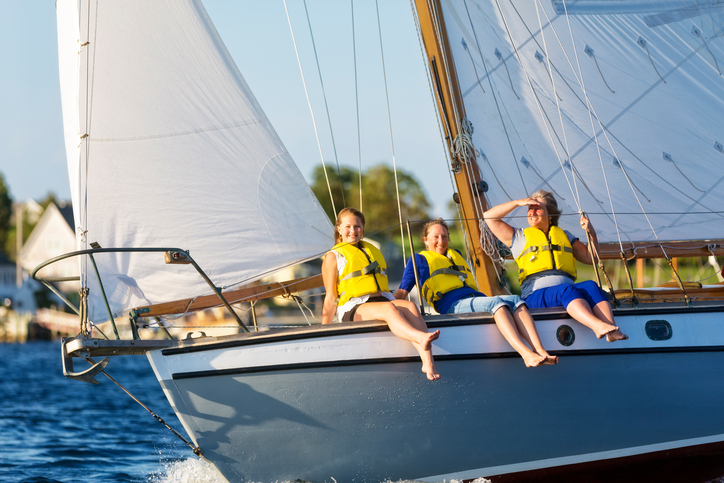
Wearing a life jacket, or personal flotation device, is essential for anyone who spends time on or near the water. It’s especially important for families with young children and for weak swimmers.
An effective life jacket must be the correct type and fit correctly. Below are a few tips on choosing the right life jacket.
Type
Your life jacket should match your activities. There are life jackets designed for all types of activities, such as canoeing, boating and fishing. Some types will auto-inflate if you fall in the water, making them more comfortable to wear.
For recreational boating and in inland waters, vest-type jackets are recommended. If you’re offshore or in rough waters, you’ll want an offshore jacket. These are more buoyant but also bulkier, and in the case of unconsciousness should keep you face up. Water sports such as skiing, wakeboarding or whitewater rafting will benefit from a jacket that allows for a wider range of motion.
Size
Always check the manufacturer’s label to make sure it is the right fit for your size and your weight. Try it on to make sure it can be properly fastened. Hold your arms over your head and ask someone to pull up on the arm openings to make sure there is no excess room above the openings, and that the jacket doesn’t ride up over your chin or your face.
Features
The days of bulky, bright orange life jackets are over. Modern life jackets come in all shapes and sizes and offer features you might not know existed. Some have pockets and loops or hangers for tools, which are helpful for hunters and fisherman. Others may have fur or hand warmers, designed to prevent hypothermia. Frequent users will prefer a fast drying nylon model that is less apt to grow mold than fabrics such as cotton.
Whatever model you decide on, remember that the U.S. Coast Guard recommends that every life jacket is U.S. Coast Guard approved (for most uses), matches the correct size of the wearer, is in good and serviceable condition.

Leave a Reply